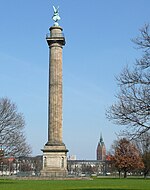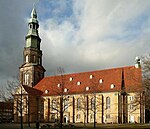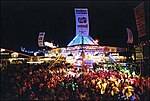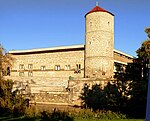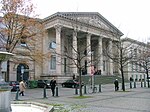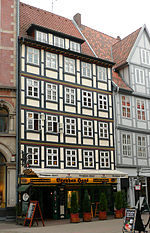Waterloo (Hanover Stadtbahn station)
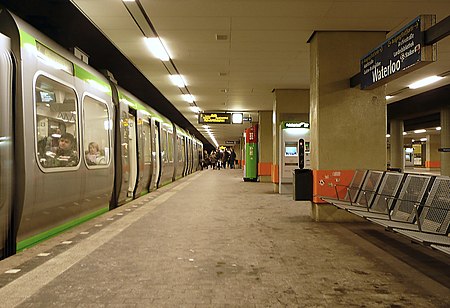
Waterloo is a Hanover Stadtbahn station served by lines 3, 7 and 9. South of here the lines branch off: lines 3 and 7 turn south in order to travel towards Wallensteinstraße and Wettbergen, while line 9 keeps west towards the centre of Hannover-Linden in order to reach Empelde. The station has four tracks to prevent simultaneously arriving trains from Empelde and Wettbergen from having to wait in the tunnel: see below for the layout. It was named for the Battle of Waterloo. The station was opened as the first underground Stadtbahn station in Hanover and renovated in 2014. The walls and columns now display images and information about the history of Hanover.
Excerpt from the Wikipedia article Waterloo (Hanover Stadtbahn station) (License: CC BY-SA 3.0, Authors, Images).Waterloo (Hanover Stadtbahn station)
Am Waterlooplatz, Hanover Calenberger Neustadt (Centre)
Geographical coordinates (GPS) Address Nearby Places Show on map
Geographical coordinates (GPS)
| Latitude | Longitude |
|---|---|
| N 52.3672 ° | E 9.7286 ° |
Address
Frauenstele
Am Waterlooplatz
30169 Hanover, Calenberger Neustadt (Centre)
Lower Saxony, Germany
Open on Google Maps
